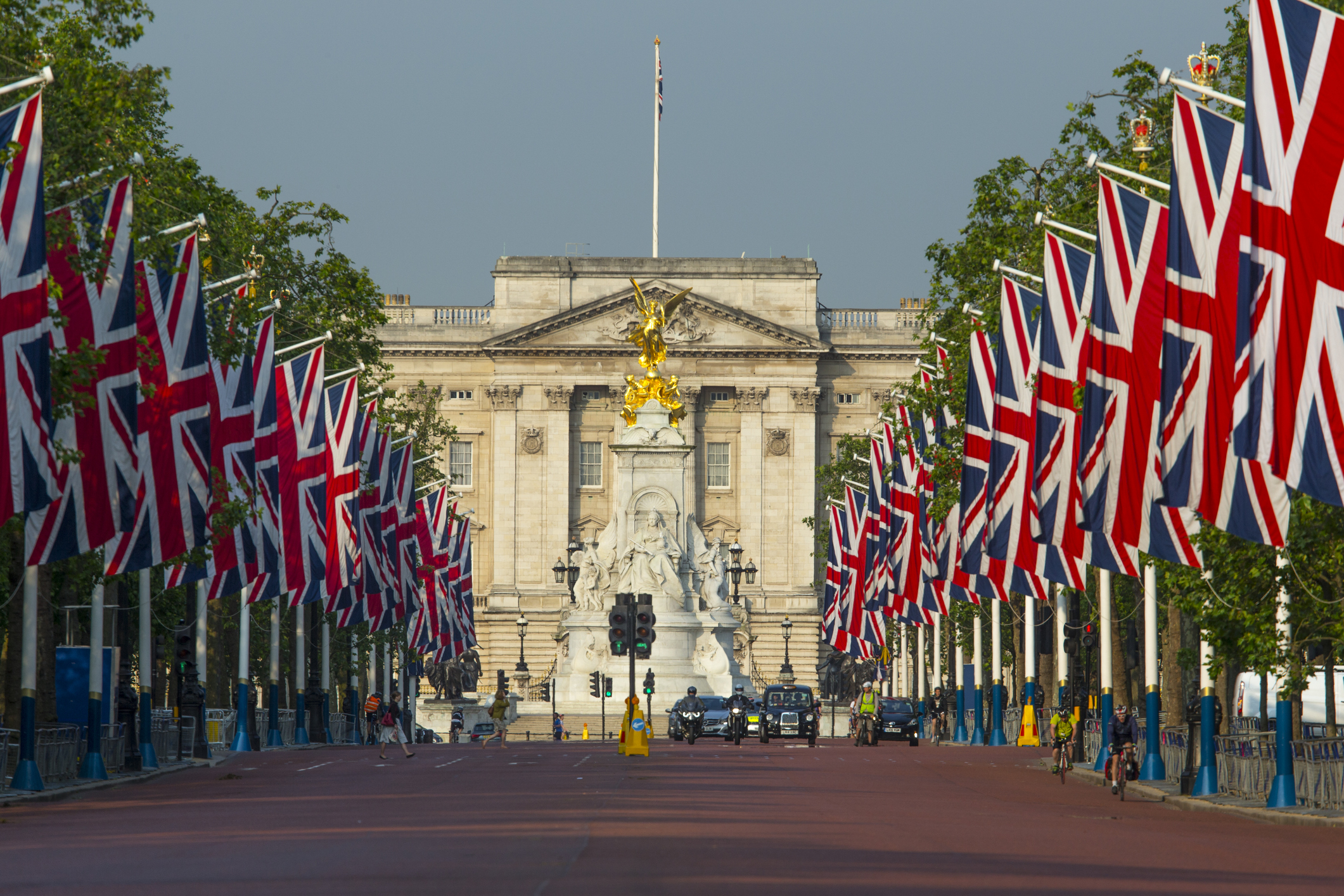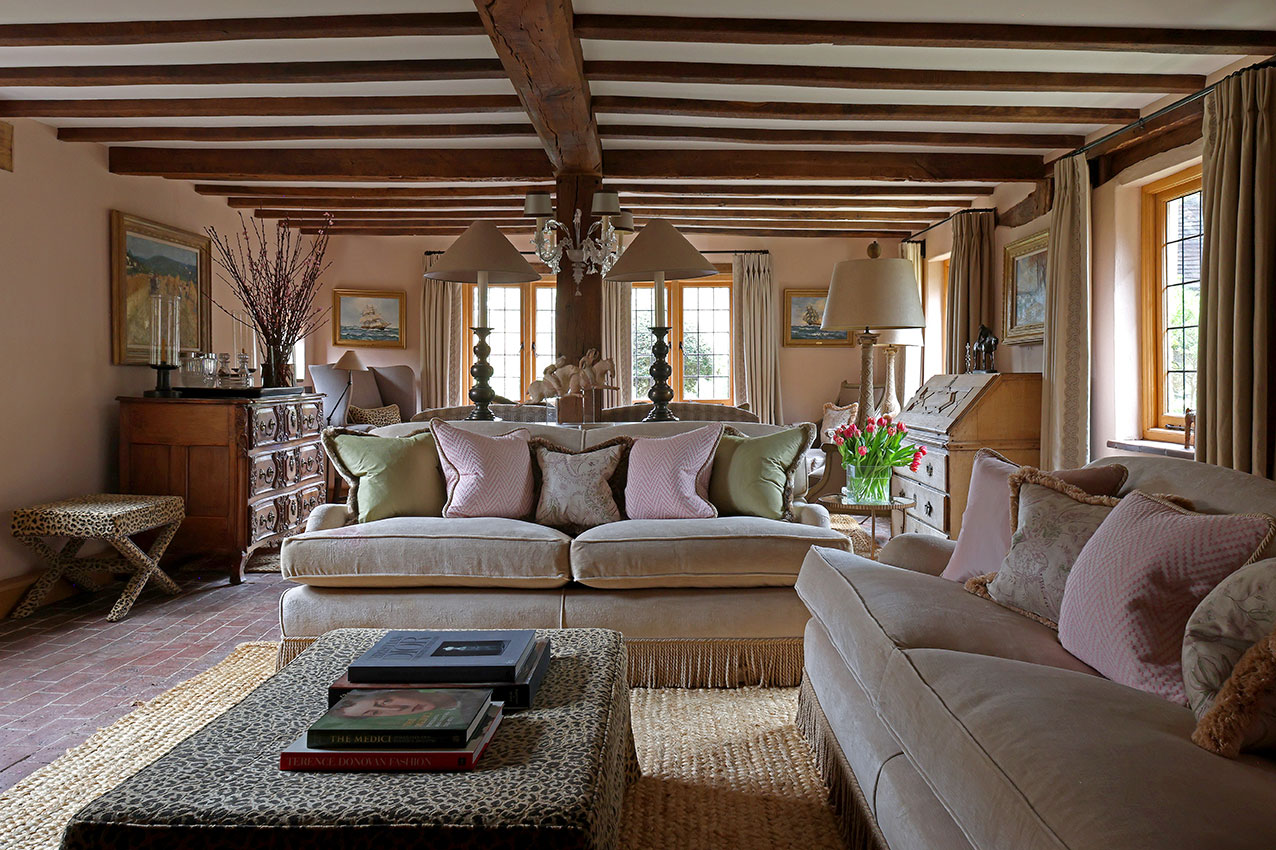Thornbury Castle: A castle-turned-hotel where you can sleep in the room that Anne Boleyn shared with Henry VIII
A few miles from Bristol lies Thornbury Castle, a creation that's been a beautiful place to stay for half a millennium — though the guests today are tourists rather than the Tudor royal household.
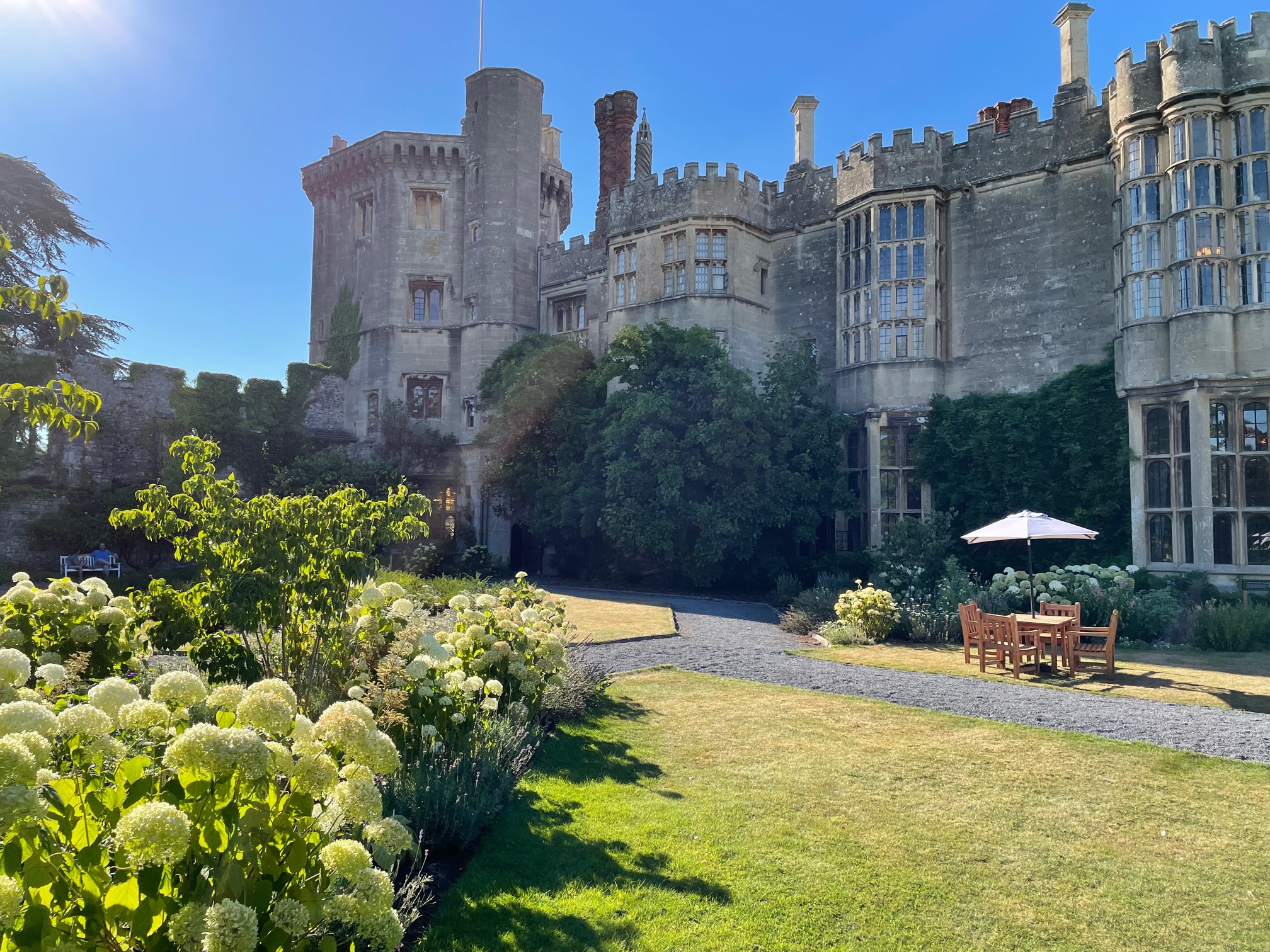
A little while ago on a trip to Lacock — the National Trust-owned village in Wiltshire — I came across a second-hand Ladybird book called Adventure at the Castle. It transported me instantly back to primary school, a wave of nostalgia as I looked through the classic illustrations of Peter and Jane in a mysterious place full of secret passageways, moats, battlements and corridors lined with suits of armour, suitable for endless play until everybody heads off to sleep in their extravagant four-poster beds.
I didn't buy it — the shop was demanding well over 100 times the original 18p cover price — but I did take away a fond memory, and was reminded of just how powerfully that book created the classic image of a castle in my mind. One that persists to this day.
That mental image is a blessing and a curse, for any castle — no matter how lovely — often struggles to compete with the one I encountered in book 10b of the Ladybird Key Words Reading Scheme. And this is even more so the case when it comes to staying in a castle: Bovey Castle, for example, is a delightful top-end hotel with a huge amount to recommend it, but it doesn't feel very, well, castley. And while Leeds Castle is as picture-perfect as it gets, if you stay the night you'll be somewhere in the grounds rather than in the castle itself.
Actually being in the castle itself, then, is rare — and it's what makes Thornbury Castle all the more exciting as a place to stay. It was built in 1510 by Edward Stafford, the Duke of Buckingham, who had been given permission by the young King Henry VIII to replace the existing Gloucestershire manor house with a fortified castle home that sits in a position a few miles north of Bristol, in an elevated position overlooking the River Severn estuary.
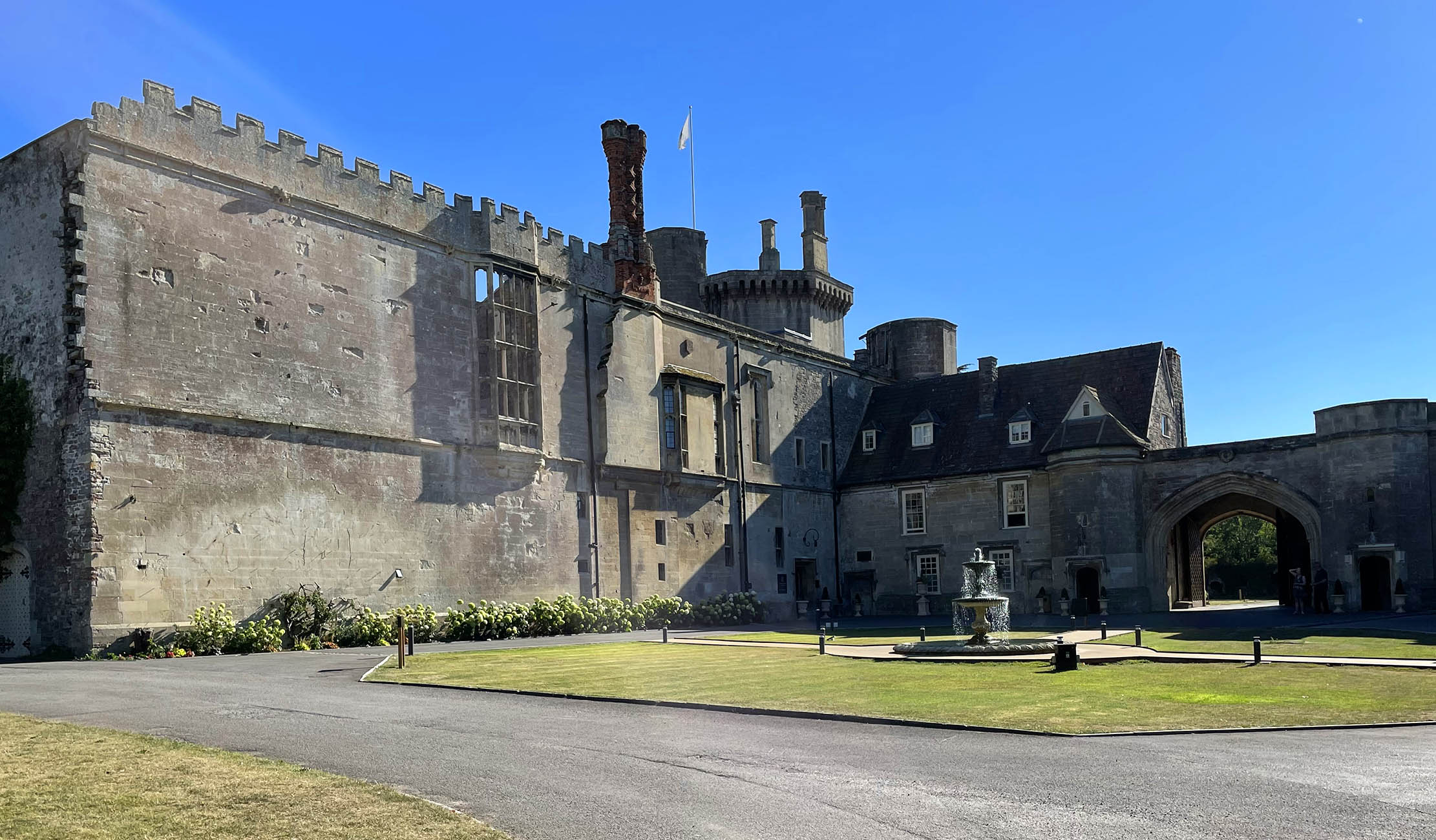
It was built to impress as much as it was for defence, bringing a rugged splendour that still remains half a millennium later: the imposing stone walls, the battlements, the wood-panelled dining rooms and even the stone windows bring a real mix of medieval practicality and a touch of the palatial Tudor splendour that you'd associate with contemporary buildings such as Hampton Court.
Hampton Court is an interesting comparison for another reason: just as that famous palace was built by Cardinal Wolsey only to end up in the hands of King Henry, so the same happened with Thornbury. The Duke was executed for treason in 1521 with the castle approaching completion; the castle — along with the rest of the Dukedom — came in to Henry's hands.
While he sold most of the Buckingham property, Henry kept Thornbury — and spent an extended stay here in 1535 with his second wife, Anne Boleyn. You can stay in the same room that the pair are said to have shared during their visit, which was extended far longer than would have been normal due to an outbreak of plague in Bristol.
Sign up for the Country Life Newsletter
Exquisite houses, the beauty of Nature, and how to get the most from your life, straight to your inbox.

Even more striking, though, is the Catherine of Aragon suite, approached via a stone spiral staircase, that for history buffs will be the jewel in the hotel's crown. It's a room that could have been created from an illustration in that Ladybird book, with walls stripped back to the stone, windows which look out from a turret, and a quite incredible bed that is 10ft wide — said to be the biggest four-poster in England.
Not all the rooms are quite so Ladybird-book-perfect, though all 27 are beautifully-done. We stayed in the Henry VII suite, ideal as a family room, though in a much newer part of the property that's across the courtyard from the original castle. Still, it too had four-poster bed, oak-panelled walls and was approached up a spiral stone staircase.
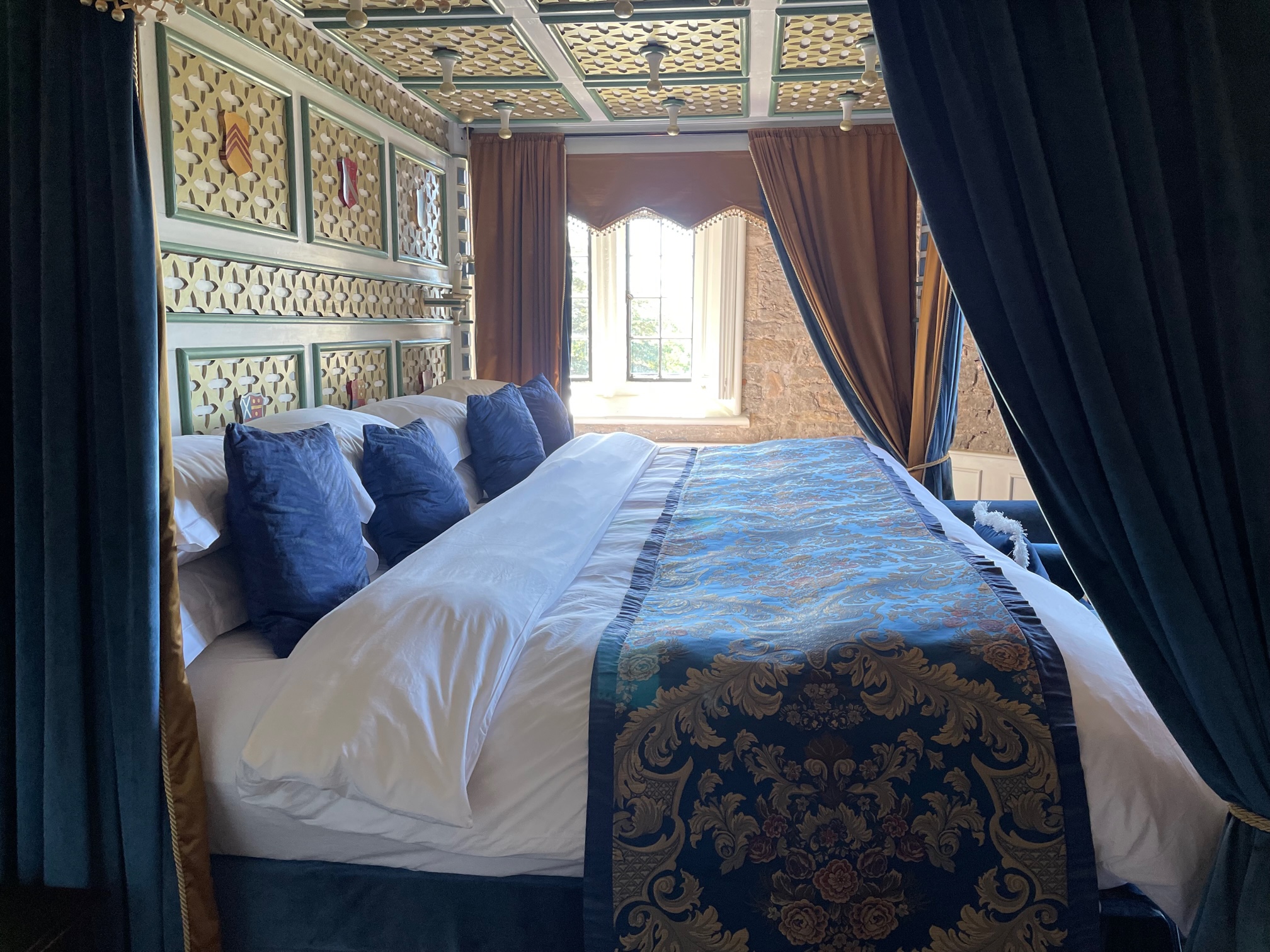
As with almost all castles, it's had ups and downs — it was in a state of complete disrepair from the Civil War until the mid-19th century, for example — but it's been a hotel since the 1966, when it was frequented by the likes of Laurence Olivier. A number of changes of hands would follow in succeeding years — many of them not for the better — but new owners took over in 2019 and a lot of much-needed investment, change and improvement is in progress. With the rough edges disappearing, and the hotel now part of Relaix & Chateaux, there's every reason to think that Thornbury Castle will still be accepting guests in another 500 years. Here's hoping.
Rooms at Thornbury Castle start from £249 — see more and book at www.thornburycastle.co.uk.
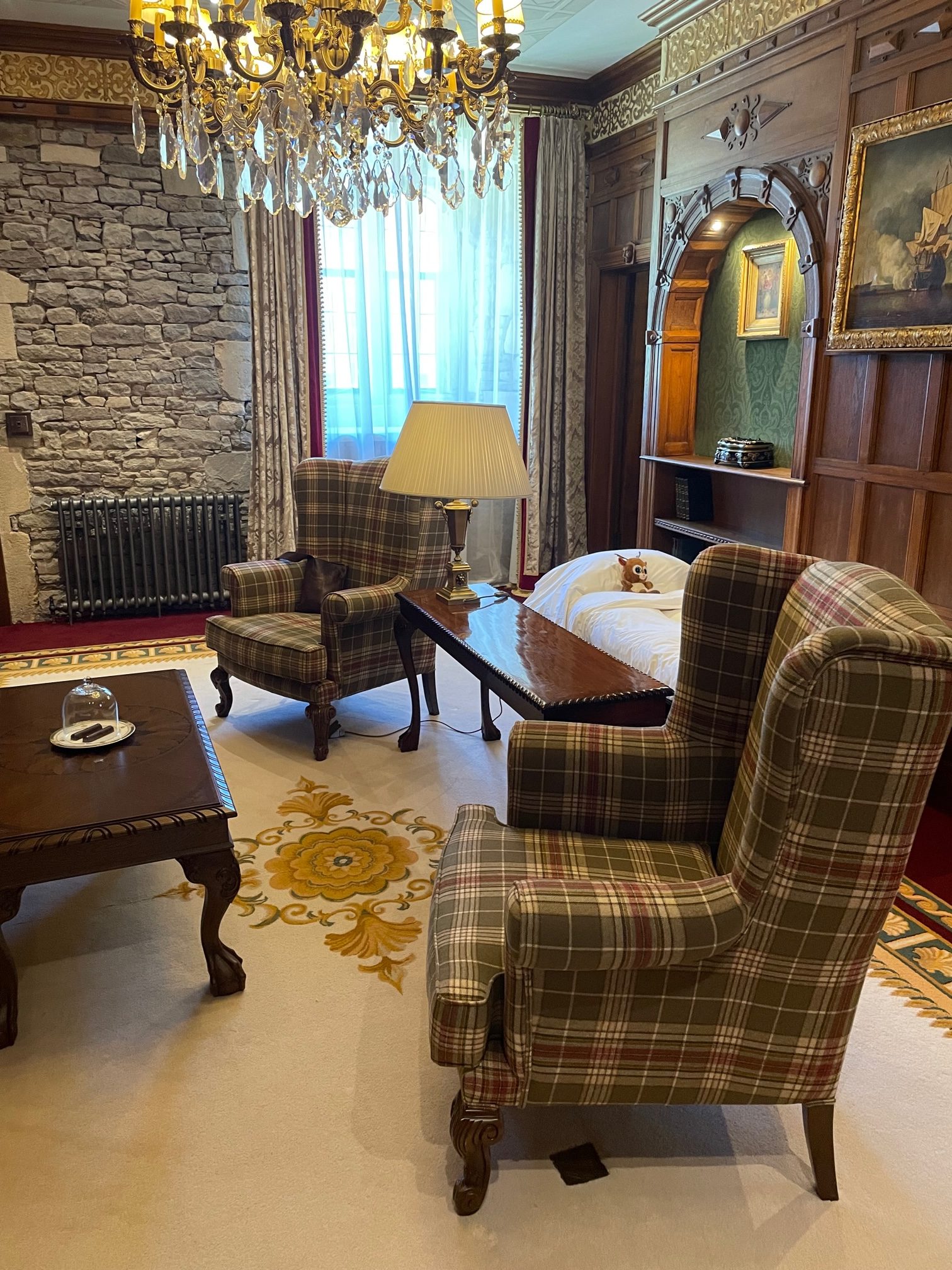
Food and drink
Wood-panelled dining spaces, antique furniture and ancient paintings on the walls make sure that the Tudor vibe extends to Thornbury Castle's well-regarded restaurant, with chef Carl Cleghorn's food truly beautifully presented. A salmon ravioli starter was a bold and visually stunning starter, while a main course of a trio of pork — belly, loin and cheek — looked superb, as did the stone bass.
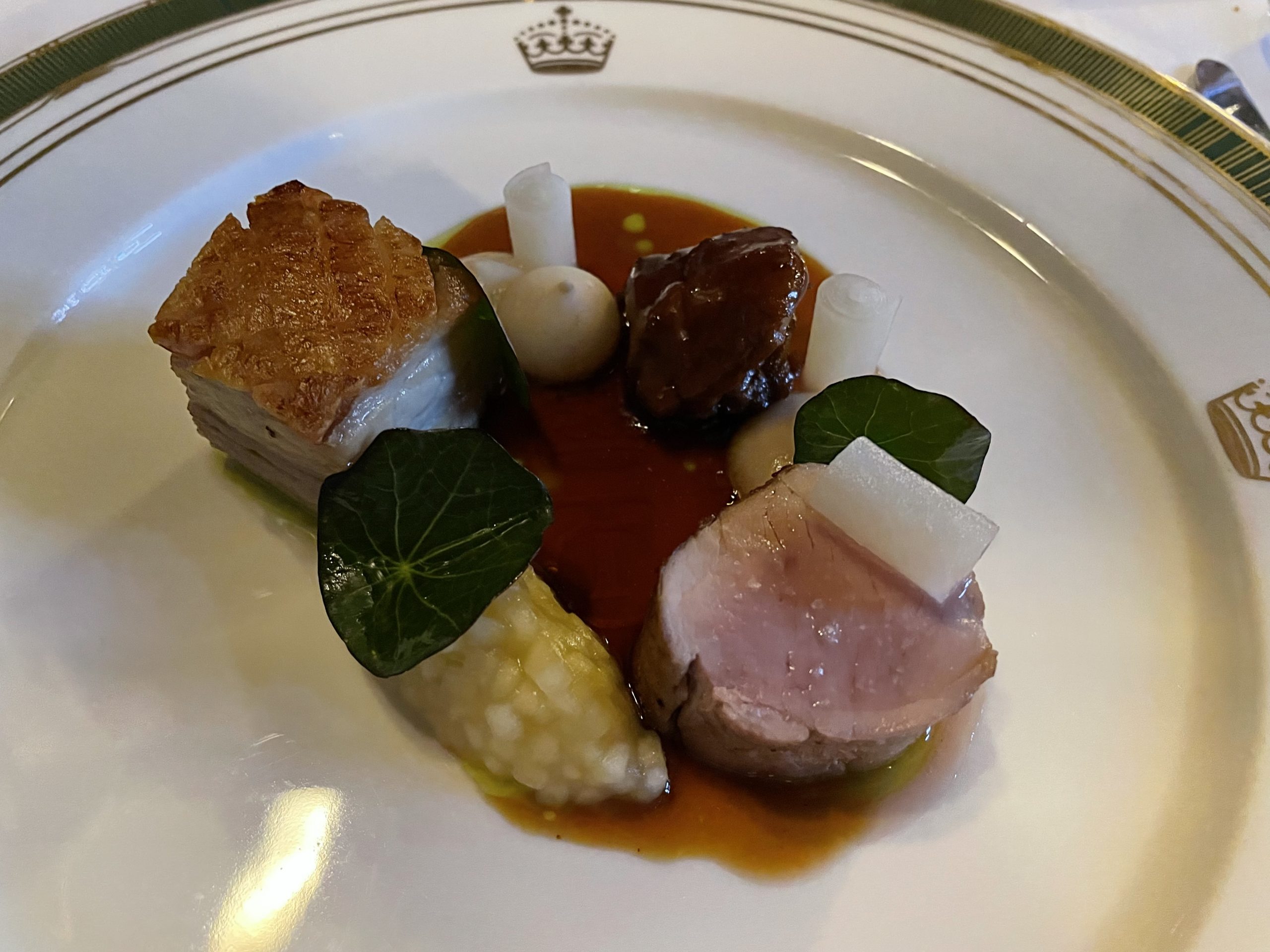
A very decent breakfast was served in the same grand surroundings, incidentally; but if you get anything like decent weather, we'd strongly recommend at least one of your meals be taken out in the garden. Sitting amid beautifully-tended lawns and borders, with the ancient stone building towering above on one side and the original walls on the other, is a wonderful experience.
A la carte menu £78pp, six-course tasting menu £92 — see more at www.thornburycastle.co.uk/dining
Things to do
Thornbury Castle sits in 15 acres, and while not huge the gardens it does have are very pleasant. Sitting out on the lawn for drinks or afternoon tea is a highlight of a stay should you be there in warm weather, while there's also a walled garden and a sort of games lawn where you can have a go at the very Tudor pastimes such as archery and bowls. It's a little rough and ready — the croquet lawn is bumpy and rustic rather than a manicured sward, and the archery was child-friendly plastic and foam — but no less fun for that.
If you want to do things a bit more formally, the hotel also arranges 'proper' archery lessons, falconry and more — and there's even a 'Day as a Tudor Queen' experience, a six-hour extravaganza that includes a regal costume, lady-in-waiting service for the day (including at lunch and tea), a spot of falconry and a photo shoot in which a professional photographer can snap you dressed as a Tudor queen.
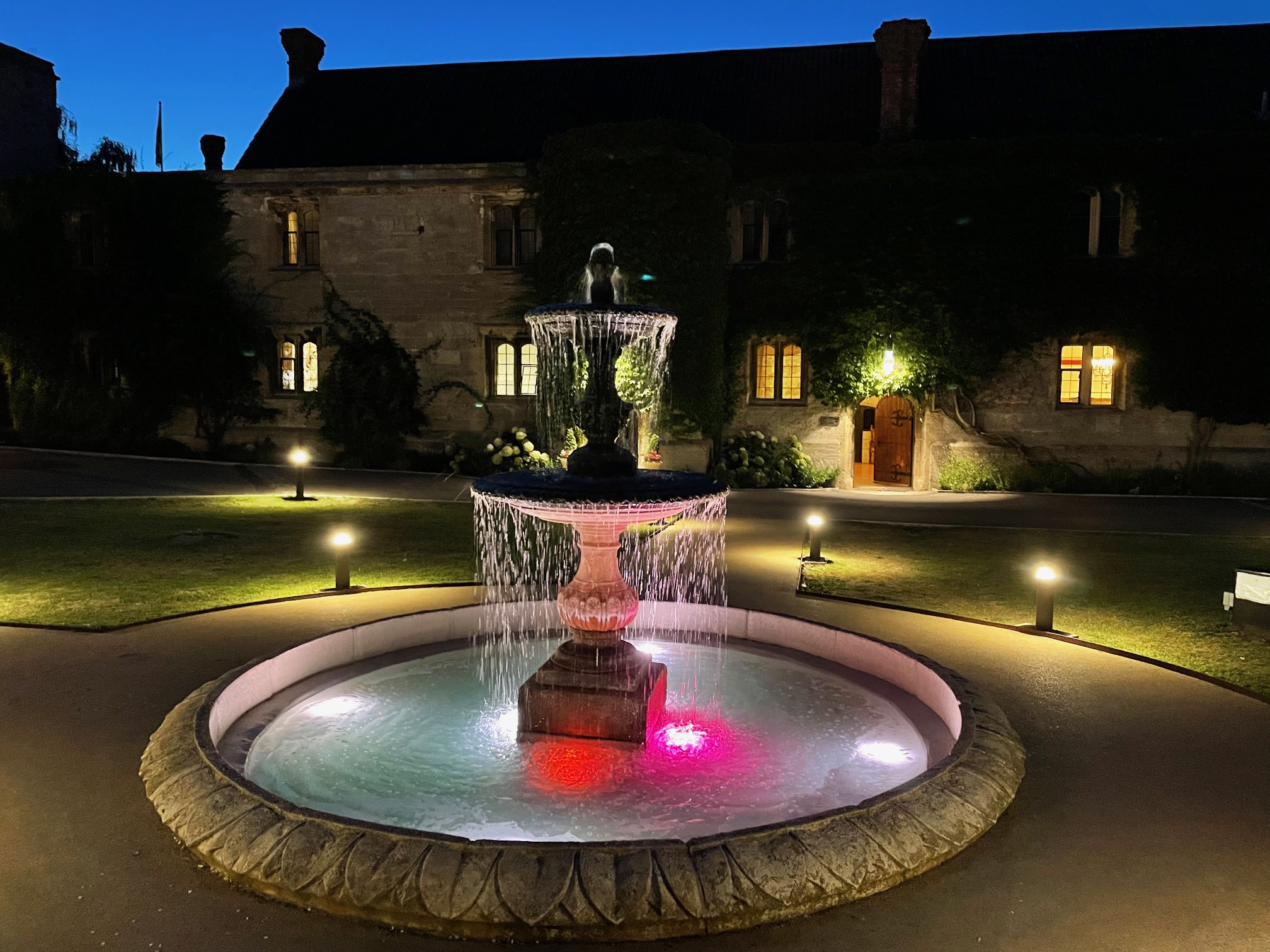
The city of Bristol is nearby, as is the National Arboretum at Westonbirt, while Thornbury itself has a small Georgian high street and a museum with plenty of information about the town and the area.
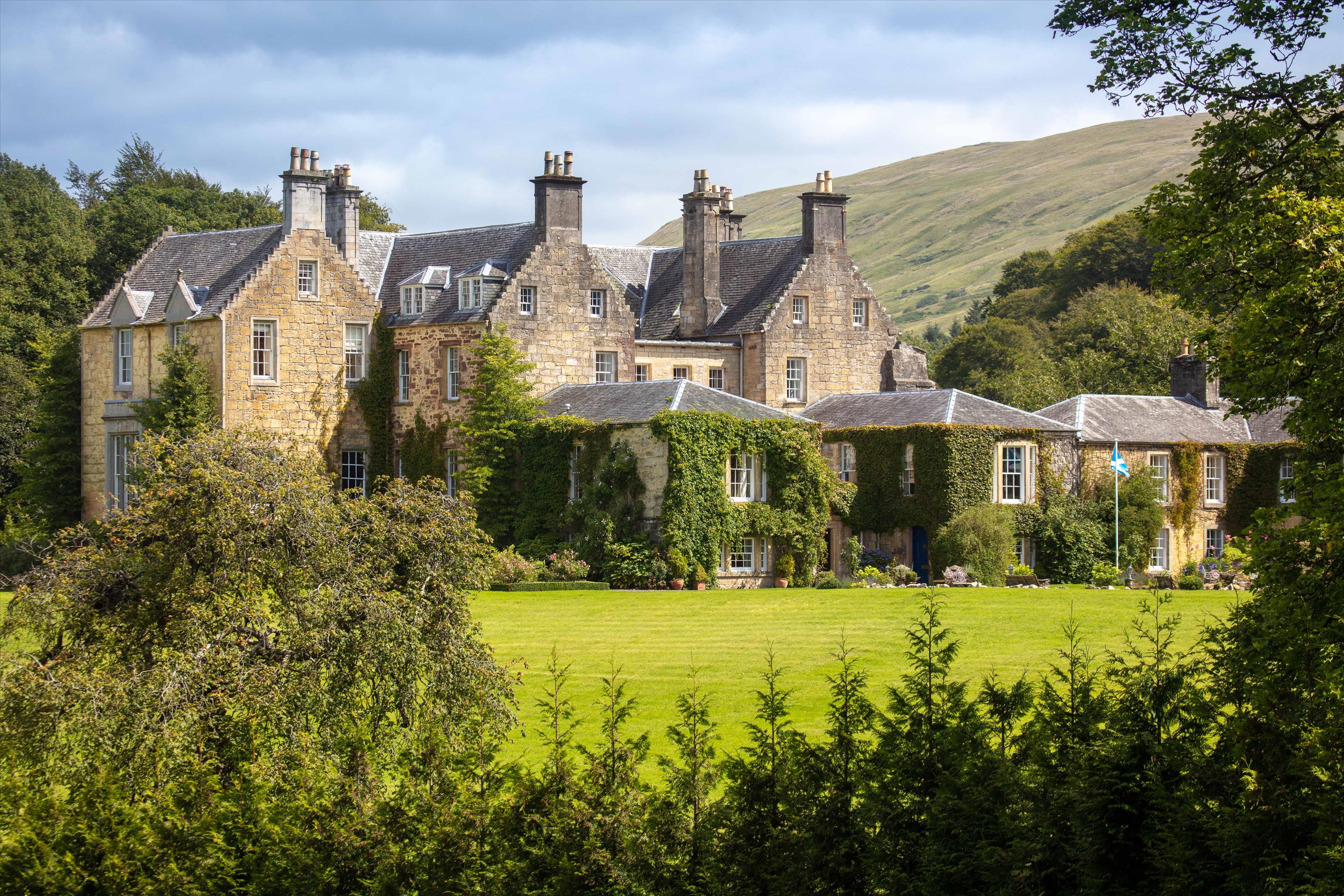
Spectacular Scottish castles and estates for sale
A look at the finest castles, country houses and estates for sale in Scotland today.
Toby Keel is Country Life's Digital Director, and has been running the website and social media channels since 2016. A former sports journalist, he writes about property, cars, lifestyle, travel, nature.

